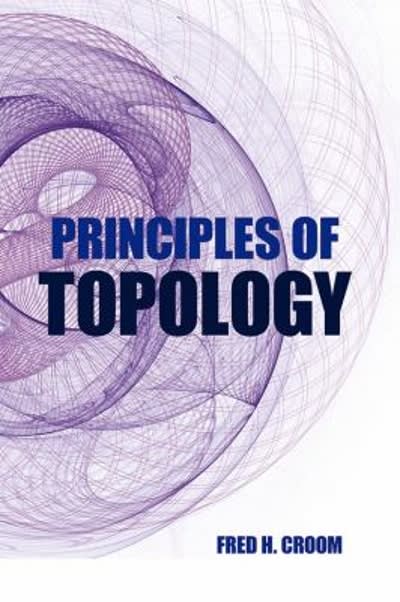Question
You want to know whether police officers who have attended training on use of force use Tasers a fewer number of times during the past
You want to know whether police officers who have attended training on use of force use Tasers a fewer number of times during the past year than police officers who have not attended training on use of force. You collect data on use of force incidents for officers who attended training and those who did not. Below is the excel output testing your null hypothesis at .05 level of significance:
| Before | After | |
|---|---|---|
| Mean | 51.16 | 73.21 |
| Variance | 1699.37 | 7629.11 |
| Observations | 318.00 | |
| Pooled Variance | 4885.35 | |
| Hypothesized Mean Difference | 0.00 | |
| df | 590.00 | |
| t Stat | -3.83 | |
| P(T<=t) one-tail | 1.01 | |
| t Critical one-tail | -1.65 | |
| P(T<=t) two-tail | 0.00 | |
| t Critical two-tail | -1.96 |
a. Note a null and research hypothesis in symbols.
b. What is the mean number of use of force incidents among officers who attended training?
c. What is the sample size? How do you know?
d. Note the t critical value that you would use to compare the calculated value of t to.
e. Using the p value from the table, can you reject your null hypothesis? How do you do?
f. Using the t critical value and t calculated value from the table, can you reject your null hypothesis? How do you do?
Step by Step Solution
There are 3 Steps involved in it
Step: 1

Get Instant Access to Expert-Tailored Solutions
See step-by-step solutions with expert insights and AI powered tools for academic success
Step: 2

Step: 3

Ace Your Homework with AI
Get the answers you need in no time with our AI-driven, step-by-step assistance
Get Started


